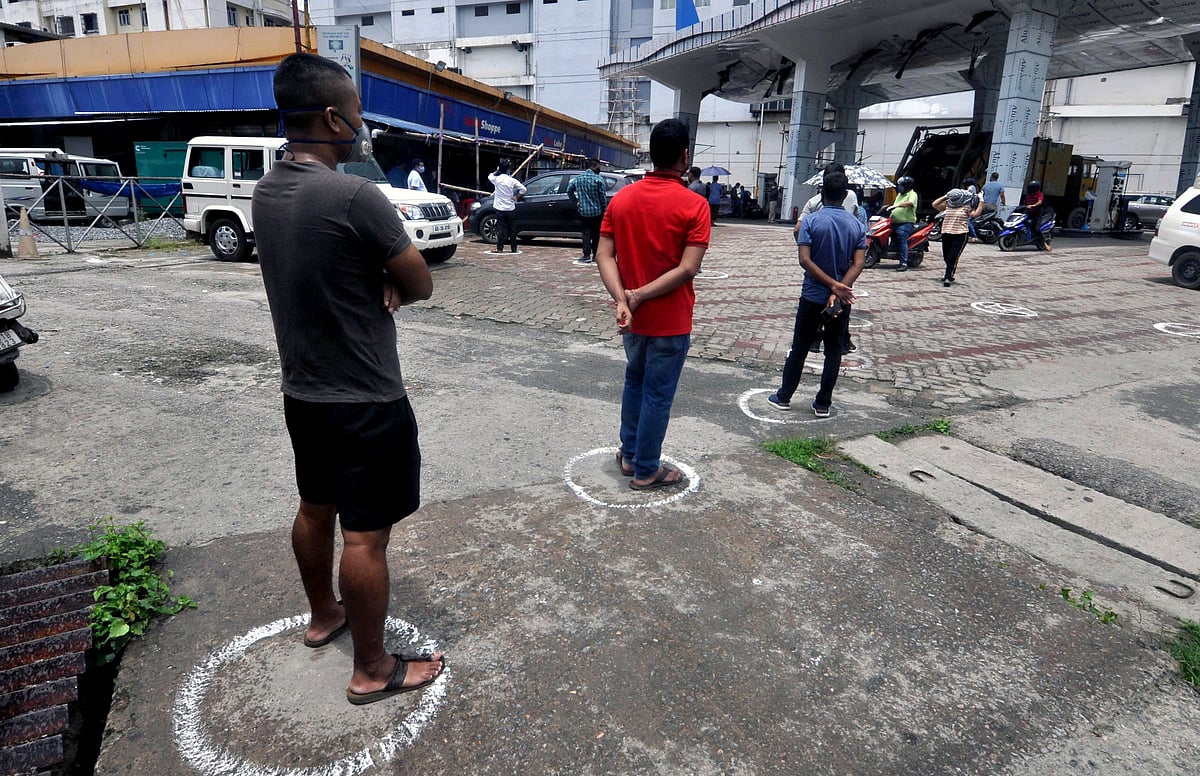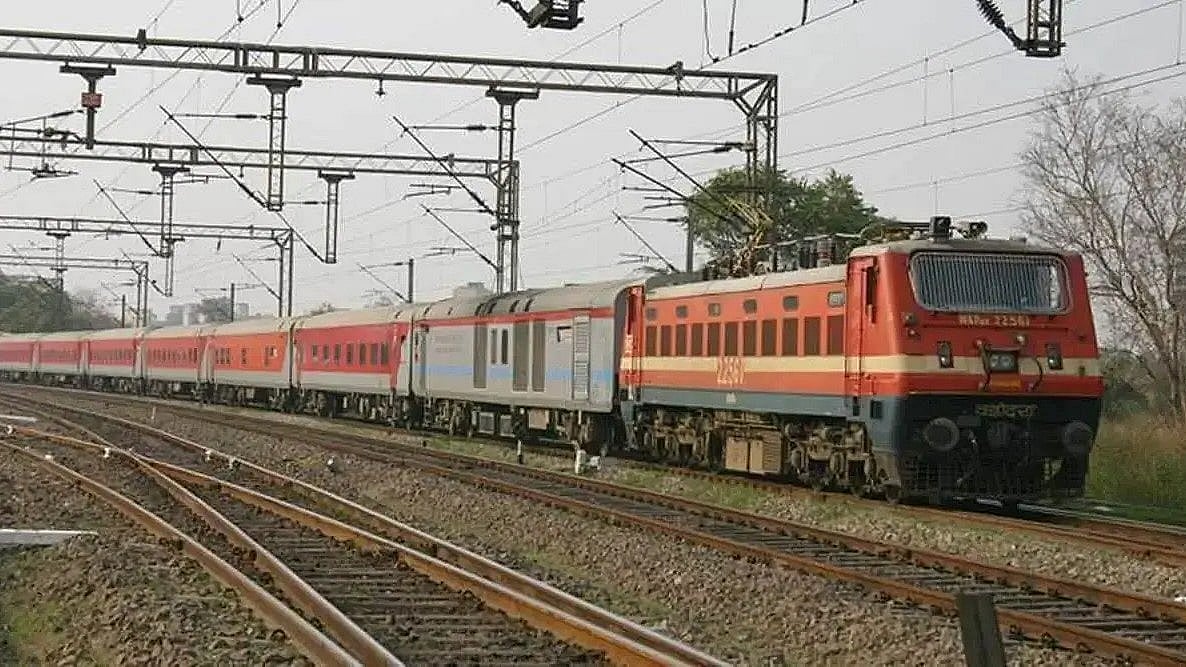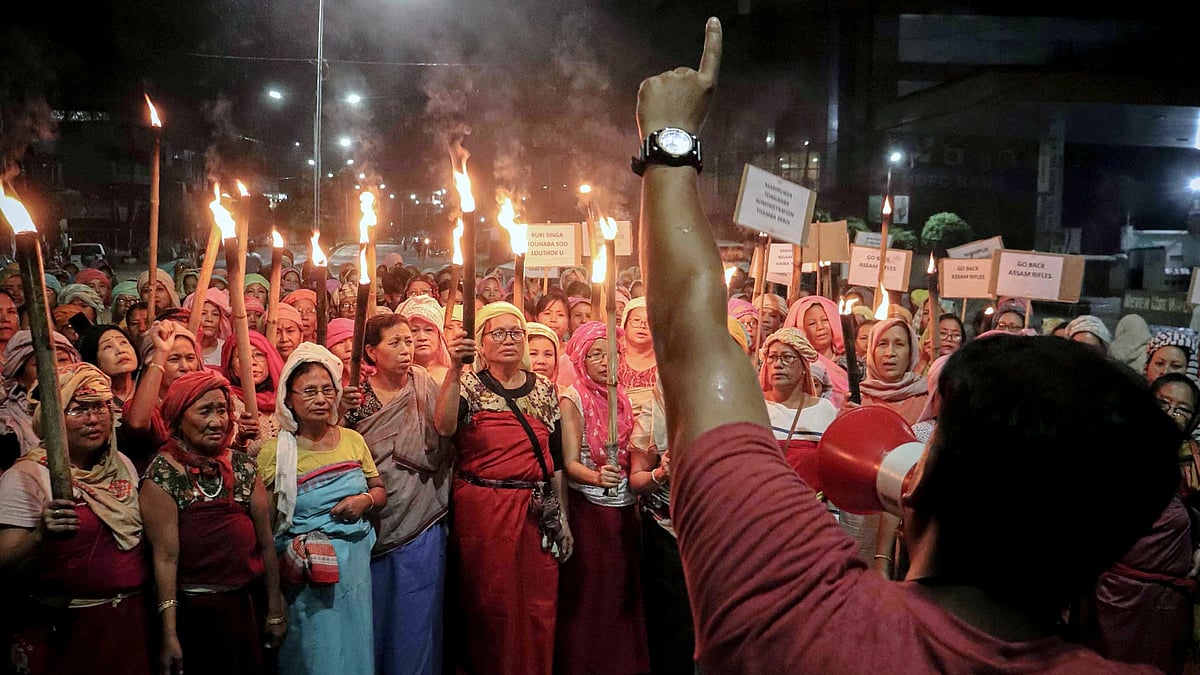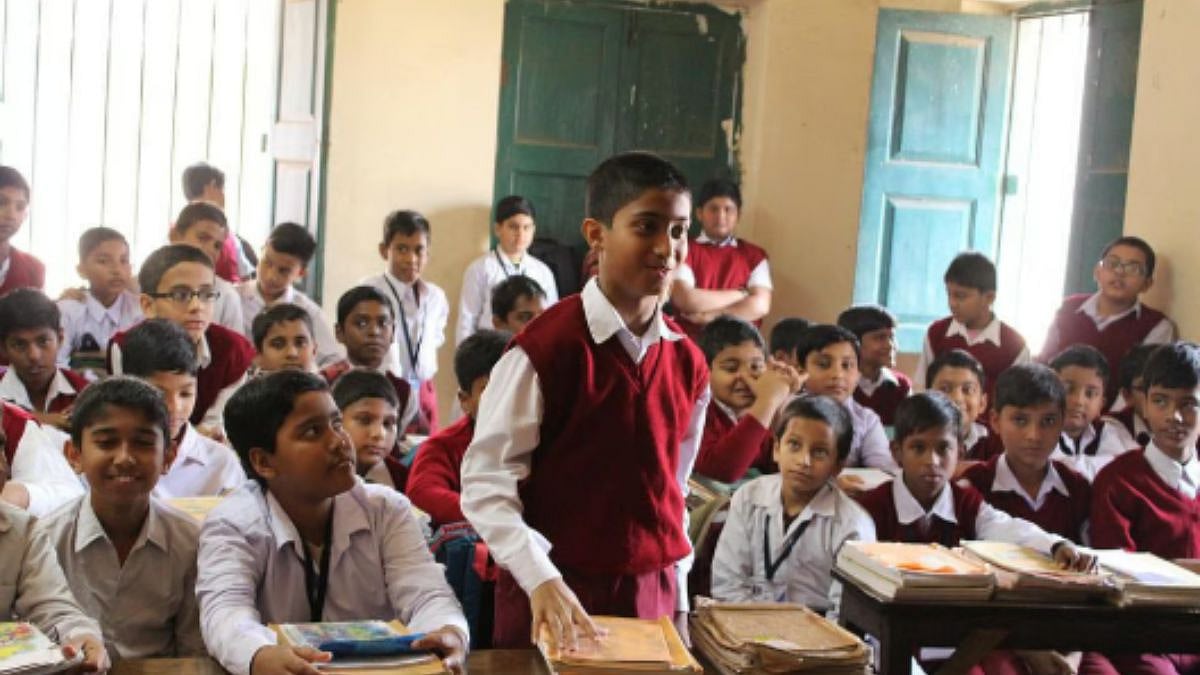A crystal ball gazing of Indian economy’s recovery path reveals a protracted revival. It is more pronounced with the latest prints of indicators capturing the real economy such as consumer sentiment, congestion index, high street footfall and demand for power in the wake of surging new cases of virus spread. Even as the country undergoes different phases of unlock, the demand recovery looks highly muted. With unlocking, restoring supply chains outperform the demand recovery making the road to recovery bumpy than ever anticipated.
The movement of real economy highlights muted demand recovery
As we examine the activities capturing the movement of real economy, with various phases of locking and unlocking restrictions, consumer sentiment continues to remain dented compared to the pre-lockdown levels. The congestion index capturing the traffic rates across major metros in the country has not resumed even with unlock phase-I. Similarly, the street footfall tracking the shopping spree of the Indian consumer is recovering at snail’s pace. The demand for power, which is a proxy of aggregate demand in the economy remains subdued even as country resorts to unlock. The recent prints of manufacturing and services PMI for June substantiate the trend revealed by these indices. Manufacturing PMI recovered to 47.2, while services PMI, which is a demand side indicator, recovered at a slower space at 33.7. The index value below 50 shows a clear contraction which is apparent from the stagnated economic activities.

Indicators of real economy and new active cases of virus spread
The RBI in its recent off-cycle monetary policy admitted the economic ramifications of fighting a pandemic and hinted at growth falling into the red zone in this fiscal. Moreover, it highlighted that the economic damage was more than anticipated and the pandemic pushed down the potential output of the country. Considering a weak recovery in demand, many agencies started revising the country’s economic growth even downward, marking a contraction on an average in the range of 5-10% for FY2021. As per the latest Gross Domestic Product (GDP) print, in Q4 FY20, the economic growth decelerated by 3.1% y.o.y, thus dragging full year FY20 growth to 4.2%, both being the slowest paces under the new GDP series. The depth of economic damages caused by the pandemic seems to be severe with inherent structural problems in the economy. The signs of a slowing economy started with Q1 FY20 GDP which slumped to 5% y.o.y, lowest in the past 6 years led by a broad based slowdown across sectors. Rapid recovery of the aggregate demand is warranted in the current situation for a speedy economic recovery. With muted demand recovery, even the modest supply gains will also be waning out in the medium term.
Demand recovery, which is essential for economy regaining growth momentum is highly correlated with public mobility. Despite the unlock and resuming of commercial activities, demand remains sluggish due to lingering uncertainty from the pace of virus spread. With rising new active cases of virus and consequent evolving of containment zones in several pockets of the country to limit public mobility to greater extent owing to sense of health insecurity. This is likely to prolong the turn around time of the economic recovery.
Given those hurdles, the only way out is to ensure constant source of income or cashflows in people’s hand to maintain certain amount of purchasing power. The pandemic unfolded a situation of rising unemployment and contraction in rural income, leading to a deficit in aggregate demand. Revival from a structural disruption requires an expansionary fiscal policy targeting employment generation across all levels of the economy for bringing the economy back on track. Even before the pandemic outbreak, the fiscal measures to boost the aggregate demand did not suffice. Apart from cyclical and structural factors, there was a long term fall in the investment and savings in the economy during 2012-2019. Thus, to come out of the deep-rooted crisis, further fiscal impetus is imperative focusing rural and middle class economy. Tapping the unexplored potential in sectors like agriculture may be helpful at this juncture.
The writer is Economist-Manager, Canara Bank, Bengaluru and part-time Research Scholar, Institute for Social and Economic Change. Views are personal.









